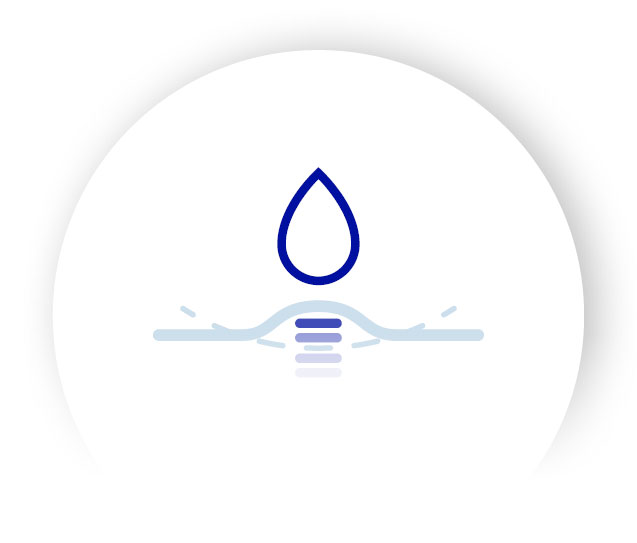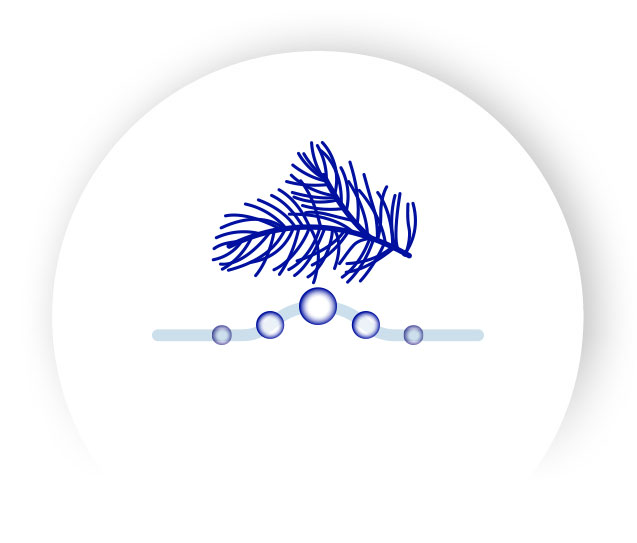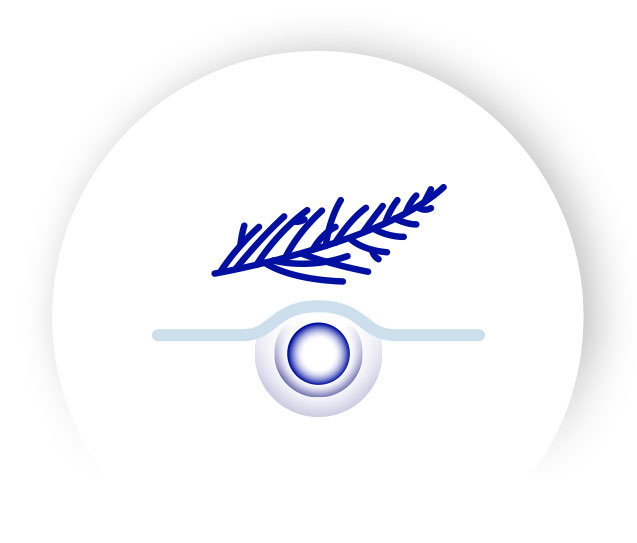Proven treatment with many benefits:
- the most recommended self-treatment by experts
- works on all types of warts (including very resistant ones)
- very high, proven 91 % effectiveness*
- gentle and painless therapy
- no risk of scarring and dermatitis
- extract of celandine, thuja and pine oil support the effect
*PMCF study Kolodium forte 2024, N=142

























